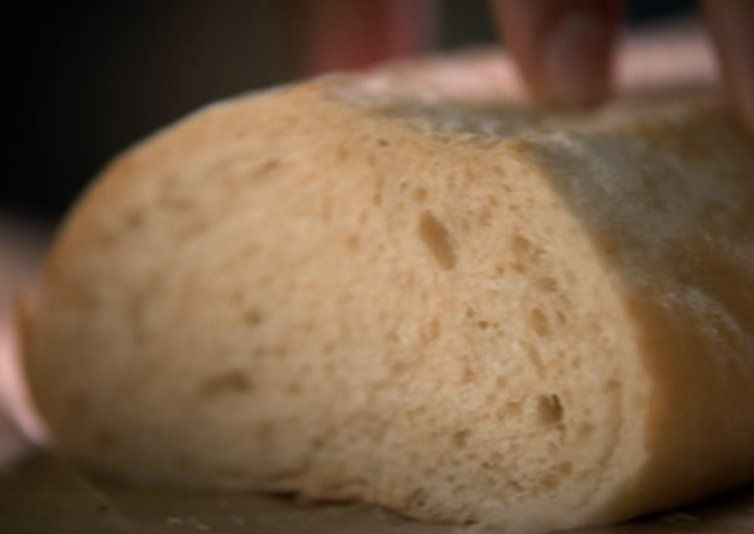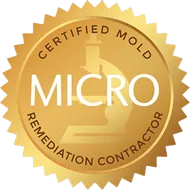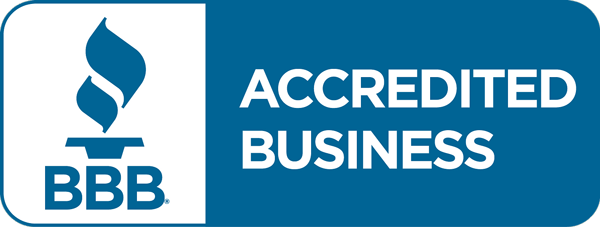Why does my bread get moldy so fast? And is it normal? The answer to this is not as simple as one might think. Some bread naturally is more prone to mold growth. Depending on the recipe, the acidity varies, the ingredients vary, and some bread just naturally is more prone to have mold. Store purchased nationally known company bread is less likely to grow mold or at least, will grow mold slower than homemade bread. The reason for this is the preservatives used. The nationwide bread companies, shipping throughout the US, have to rely on more preservatives to get the bread from the factory to the shelf, and the home without mold. It is, however, safe to say, all bread has a propensity to grow mold.
So why do bread and other foods get moldy more in some homes than in others? I witnessed this as a 20-year-old living in an apartment, as opposed to living at home. We had to store our bread and fruit in the refrigerator to limit mold growth. It seemed to grow almost immediately after we purchased it if we left these foods out on the countertop.
As homes age, the “Mold Load” naturally climbs. Every home has pockets of mold growth that usually go undisturbed. These pockets of growth include window sills, drains, bathrooms, carpets, and even clothes and shoes. As the mold in these areas goes through its normal cycle of growing, drying, wetting, sporing, dormancy, rehydration, etc etc, the mold growing and sporing is adding to the “mold load” of the home. Unless you are cleaning these areas diligently with a sporicide, the cycle of increasing “mold load” is inevitable. To add to this, we have made changes in building homes over the past 50 years that have added to this problem exponentially. Then, of course, every home seemingly has had a leak or flood, or multiple leaks and floods. The bottom line is that a home's overall “mold load” increases as the years go by. Some homes have dramatically more. Everyone knows what is meant by “grandma and grandpa smell of a home”. This is simply a heavy ‘mold load’ in the home.






